Are you cross-country moving and puzzled about how to pack silverware effectively? Worry not! We’ll walk you through the essentials of safely packaging your utensils. Whether you have a drawer full of everyday cutlery or precious heirloom pieces, our insight will ensure they reach you in perfect condition. Let’s dive in and make this task effortless and foolproof.
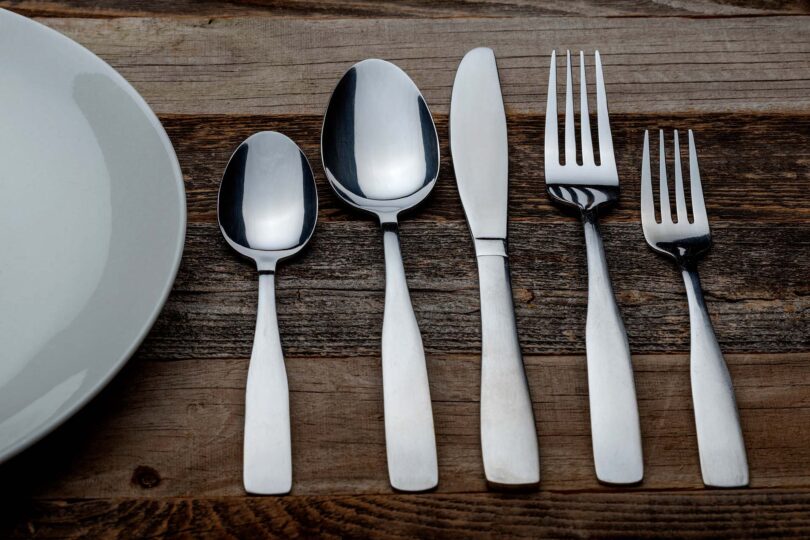

If you are preparing to move, don’t let boxing up your kitchen items overwhelm you. We will provide you with simple, effective steps to ensure your belongings are packed efficiently and safely. From choosing the right supplies to utilizing expert silverware packing techniques, we’ve got you covered. Discover how to sort, wrap, and box up your utensils with ease, making unpacking a breeze. However, if nothing can ease your anxiety about moving out, look for the “long-distance movers near me” and book them for the job.
When packing silverware for a move, start by organizing and separating the different types of utensils. Wrap each piece individually using packaging paper or bubble wrap to prevent scratches and ensure protection during transit. Bundle the wrapped items into groups, securing them with rubber bands or twist ties.
Line the bottom of boxes with padding, place the bundled silverware inside, and fill any gaps with additional packaging material to prevent movement. Clearly label the boxes as “Fragile” and specify the contents for easy identification. This meticulous approach ensures that your silverware arrives at your new destination intact and ready for use.
Before you even start with your boxing-up phase, it’s crucial to clean and thoroughly dry your possessions. This will ensure that they are in the best condition for relocation.
This is also the perfect opportunity to downsize your collection. Take a moment to decide what you’ll keep and put it in a separate crate. Then select what could be donated to charity, gifted to family and friends, or even sold through a garage sale to boost your relocation budget.
Once decluttered, categorizing and organizing silverware for moving is crucial. This not only simplifies the whole boxing-up ordeal but streamlines the unpacking process as well. It’s setting the stage for a more organized kitchen from the get-go. If you’re not sure how to declutter, consider using the KonMari method.
Having the right packing materials and tools to work with is crucial for a successful long-distance relocation. The high-quality supplies protect against damage while keeping your items organized. They turn a potentially chaotic process into a smooth, manageable task. Here’s a list of different packing materials that will ensure a safe relocation of your utensils:
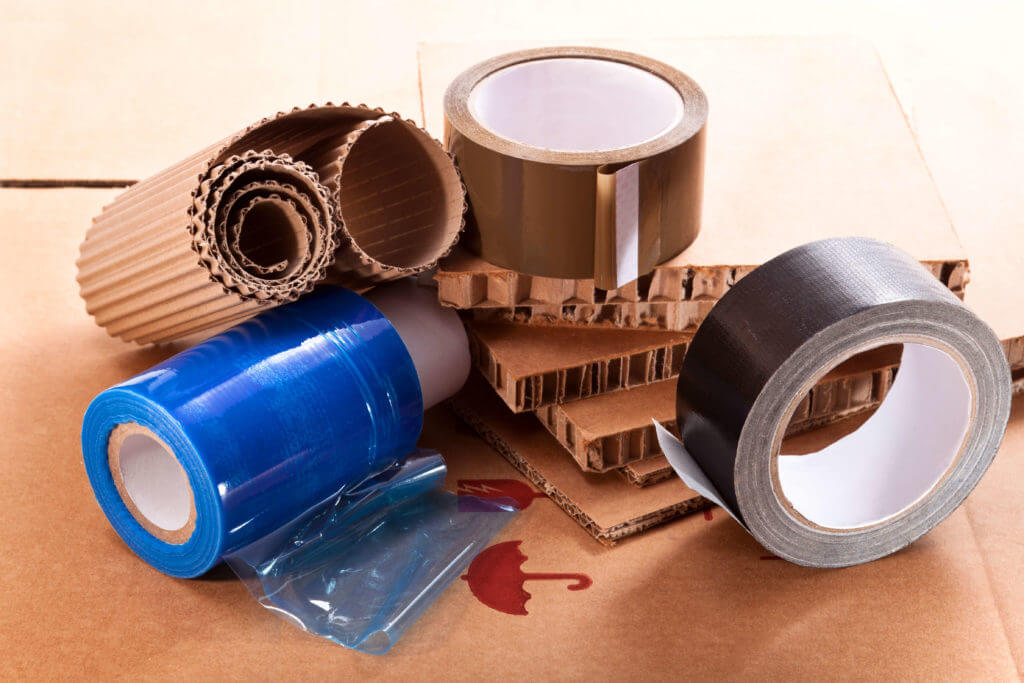
When it comes to boxing up kitchenware, individual attention is key. Start by wrapping each piece diagonally in clean paper and reinforcing sharp edges with bubble wrap.
This technique ensures maximum coverage and protection for each utensil. For extra valuable or fragile items, consider adding an extra layer of padding. This provides enhanced cushioning, safeguarding against jolts and scratches during transit.
To streamline your boxing-up phase, create bundles by grouping 5-6 similar items. This not only saves space but also keeps your items organized.
Once you have a bundle, secure it firmly with sturdy tape. These bundles make unpacking efficient, as you can easily place entire sets in their new drawers or holders without sorting through them individually.
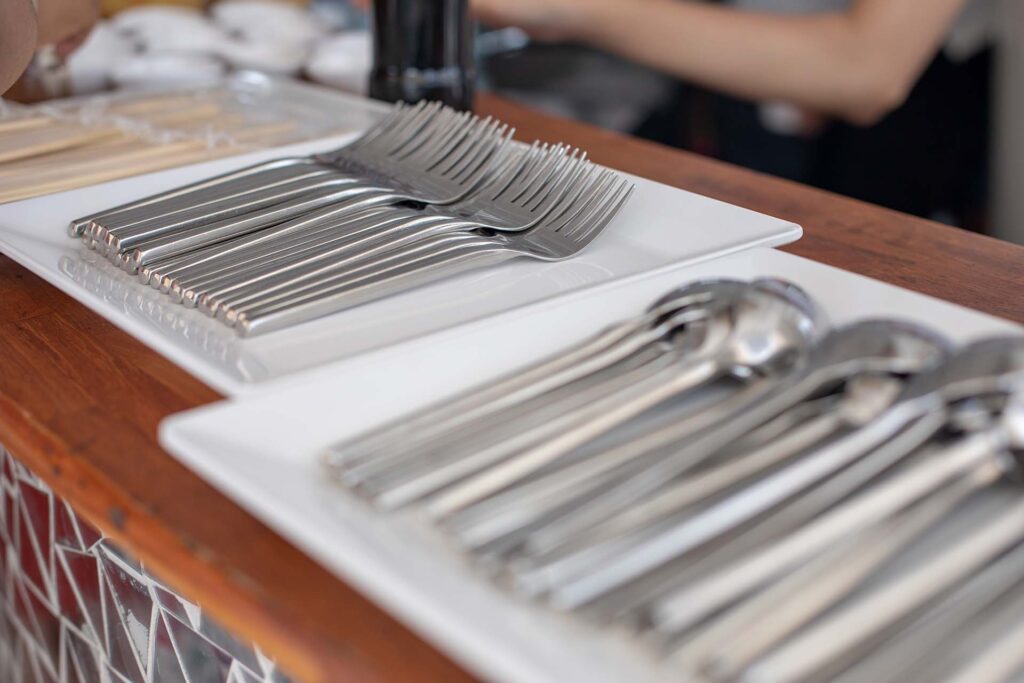
This stage requires a perfect strategy to ensure everything arrives in pristine condition. Begin by placing a cushioning layer at the bottom of your crate. This can be crumpled paper or a sheet of bubble wrap, providing a soft base to absorb shocks and vibrations during transit.
Next, as you place your wrapped utensils or bundles inside, be mindful of empty spaces. These gaps can cause movement and potential damage. To prevent this, fill them with foam peanuts or additional cushioning. Doing this will ensure peace of mind and a more efficient relocation experience.
When it comes to relocating these valuables, extra precautions are necessary. These delicate pieces warrant special attention. Ideally, pack them in a dedicated box lined with silver cloth. These cloths are specially designed to prevent tarnishing and scratching, offering optimal protection for these belongings throughout shipping.
If a dedicated box isn’t available, wrapping each piece in silver cloth before placing it in a sturdy container is also effective. This method ensures your cherished collection remains in immaculate condition throughout its journey to a new home.
For sterling silverware, it’s crucial to avoid stacking and wrapping pieces directly against each other. Direct contact can lead to scratches and damage, especially during the hustle and bustle of transit.
Instead, wrap each item individually and ensure they don’t press against each other in the box. Use soft materials as separators if needed. This careful handling is key to preserving their quality, value, and appearance.
This step is crucial, especially for valuable and heirloom pieces. An appraisal provides a documented valuation of your possessions, which is invaluable in case of theft, damage, or loss during transit.
It not only gives you peace of mind but also ensures you are adequately covered by moving insurance. By knowing the worth of your collection, you can take appropriate measures to insure it for its true value.
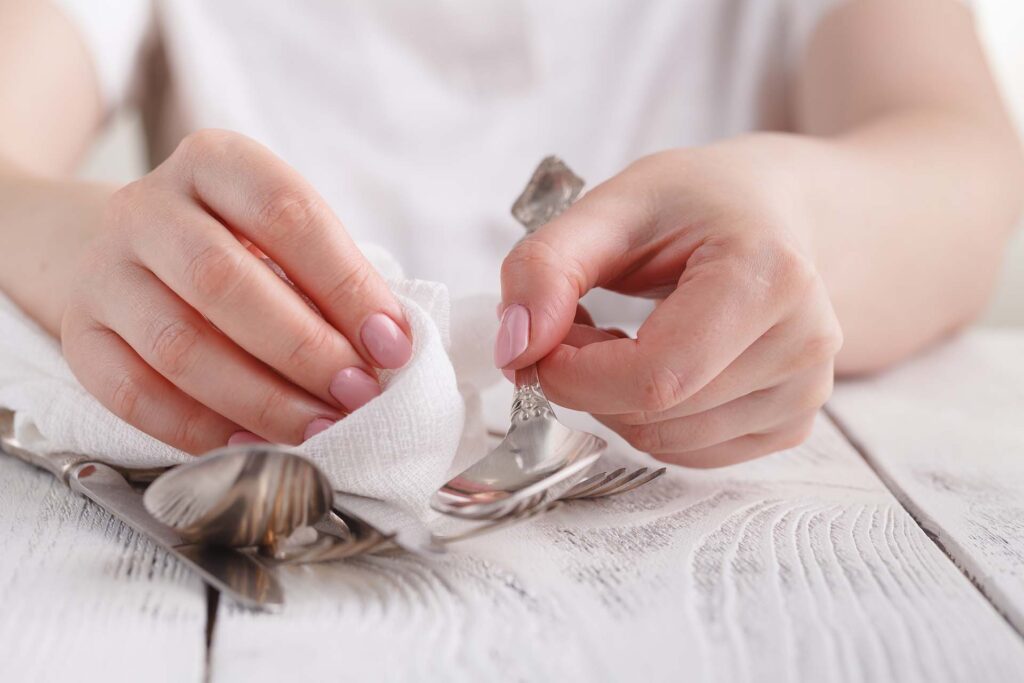
Aside from the standard packing techniques, there are specific methods tailored for different types of silverware. Understanding these can make the whole process even more effective.
The chest method is particularly suitable for antique or heirloom pieces. Begin by wrapping each item individually with care, using soft tissue paper or cloth. Then, gently place each item back in its designated slot within the chest. This method not only keeps each piece securely in place but also maintains the order and condition of your valuable collection.
Custom crating is usually provided by professional cross-country movers and is excellent for the ultimate protection of extra delicate possessions. This service involves crafting a wooden crate specifically for the size and needs of your collection, ensuring a perfect fit and maximum security during transit.
The loose pack method is perfect for those facing a last-minute relocation and who need a quicker boxing-up method. Start by layering your belongings in the box, separating each layer with bubble wrap or packing paper. This method is a great choice for everyday utensils that require less individual attention but still need safeguarding against scratches and damage during transit.
Planning a relocation, gathering the right supplies, and organizing your packing process can be time-consuming. However, if you have the right team of experts to guide you through this ordeal, you have nothing to worry about. Trico Long Distance Movers stands ready to organize your packing process and assist you through this delicate yet complex job.
With our comprehensive long-distance moving services, including specialized packing assistance, we’re equipped to handle every aspect of your relocation. Our expertise ensures that your belongings, especially delicate ones, are packed, transported, and delivered with the utmost care and professionalism. Trusting us with your relocation means you can focus on settling into your new home with peace of mind.
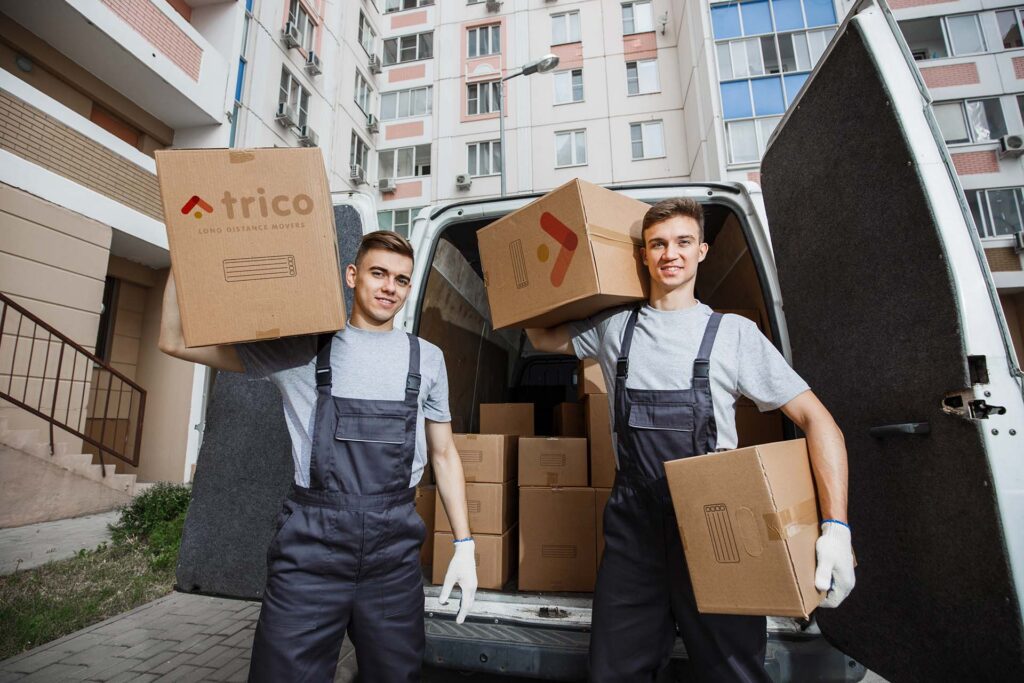
Now that you know what goes into this process and how much planning it needs, and you still find it overwhelming, know that you are not alone. That is why professional movers are there, ready to assist you every step of the way. At Trico Long Distance Movers, we specialize in transforming complex relocation experiences into smooth, stress-free journeys.
Our team is dedicated to addressing all your needs, ensuring your valuables are handled with precision and care. If you’re looking for a seamless relocation experience, don’t hesitate to contact us today. Let’s make your relocation a success together.
Start by cleaning and drying each piece. Wrap individual items in clean paper or bubble wrap.
Group similar objects and secure them with rubber bands. Place these bundles in a small box, using crumpled paper or foam peanuts to fill gaps and prevent movement.
The best way to wrap individual pieces is by using clean paper. Lay the item diagonally on the paper and roll it, tucking in the sides as you go. For extra protection, especially for sharp items like knives, consider a layer of bubble wrap over the paper.
Arrange heavier items at the bottom of the box and lighter ones on top. Ensure that each bundle is snugly fit and doesn’t rattle. Fill empty spaces with padding to keep everything stable.
These items require extra care. It’s best to wrap each piece in acid-free tissue paper or silver cloth, which prevents tarnishing. Avoid rubber bands, as they can cause damage. Consider utilizing a separate box specifically created for storing them.
Use clean paper, bubble wrap, small cardboard crates, foam peanuts, and tape. Avoid materials like newspapers and colorful magazines, which can leave ink residue.
Yes. Everyday stainless kitchen cutlery can be bundled together. Antique or sterling pieces should be wrapped individually. For large sets or heirlooms, consider using original boxes or custom-made crates with dividers and an additional layer of protection in between.
Plates and bowls should be wrapped in bubble wrap or clean paper and placed vertically in sturdy boxes, separated by a sheet of cushioning. Your glasses and cups can be wrapped individually and nestled into crates with dividers.
Pots and pans can be stacked with a layer of clean paper between them. Fragile items like wine glasses should have extra padding. Label all boxes clearly, indicating their contents and fragility.
Yes, it’s important to clean all kitchen items before you box them up. This prevents the buildup of bacteria and mold, and it ensures that items are ready to use in your new home.
If cutlery is not completely dry before you box it up, it can lead to several issues. Moisture can cause rust and corrosion, especially on metal parts.
It can also lead to the growth of mold and mildew, which can be harmful and cause unpleasant odors. Moisture trapped in a sealed box can damage other items as well. Therefore, ensuring all cutlery is dry before you store it away is crucial for maintaining its condition.